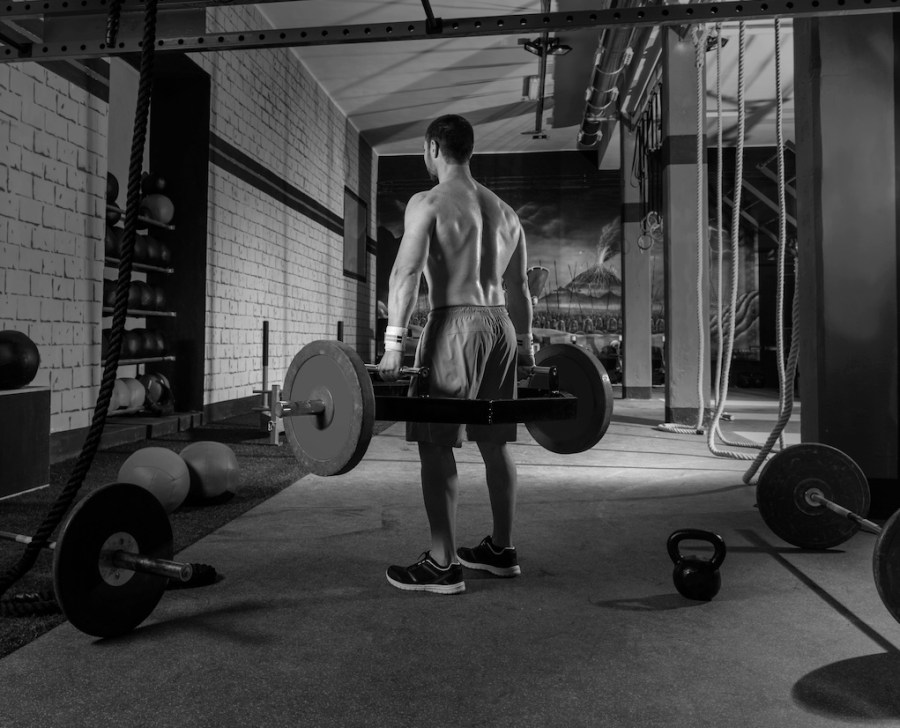Chris Bear breaks down an American football workout from the NFL Academy’s strength and conditioning programme
Tackle this American football workout from Chris Bear, the esteemed director of performance at the NFL Academy.
The session kicks off with a powerhouse move, the trap bar deadlift. Bear emphasizes the importance of proper form and execution, in order to harness the explosive power necessary for peak performance on the field. Paired with band-assisted countermovement jumps, this opening superset is designed to improve players’ power and explosiveness.
Transitioning to upper-body strength, the seal row then takes center stage, followed by the landmine punch for dynamic, full-body engagement.
Rounding out the workout are more muscle-specific drills like the single-arm dumbbell row and the Nordic hamstring curl, designed to target key muscle groups while addressing potential weaknesses.
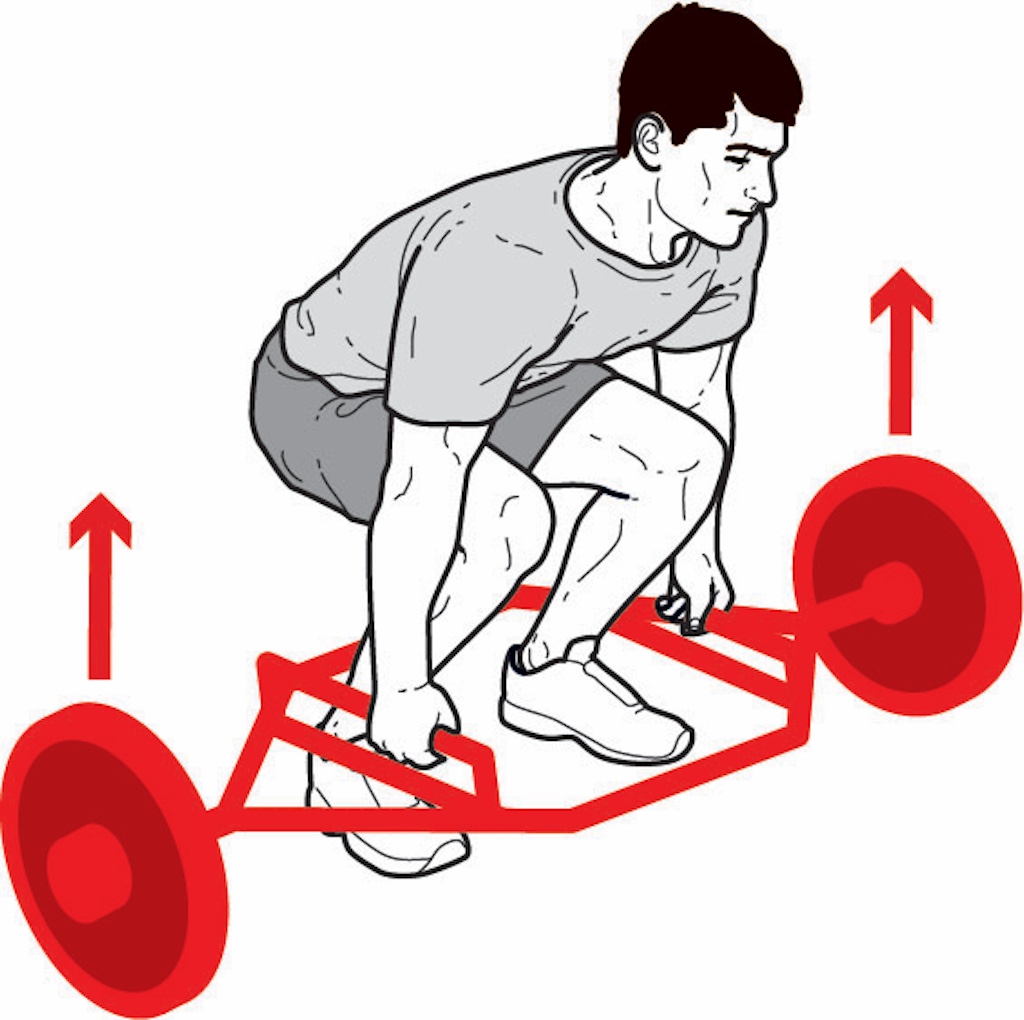
1a. Trap bar deadlift
Reps: 3 (80% of 1 rep max)
Sets: 4
- Hold a trap bar with hips back and chest facing forward.
- Drive through your heels and push your hips forward to stand tall.
- Lower under control.
Coach says: “Our sessions are typically built around deadlifts and squat variations that drill triple extension of the hip, knee and ankle – a vital component of acceleration.”

1b. Band-assisted countermovement jump
Reps: 3
Sets: 4
- Hook a resistance band over a pull-up bar to provide assistance.
- Holding the band, jump explosively off with your feet together, minimising contact with the floor.
Coach says: “While the trap bar deadlift helps develop large cross-sectional strength, we superset that with this overspeed drill, to keep the players working close to max velocity.”
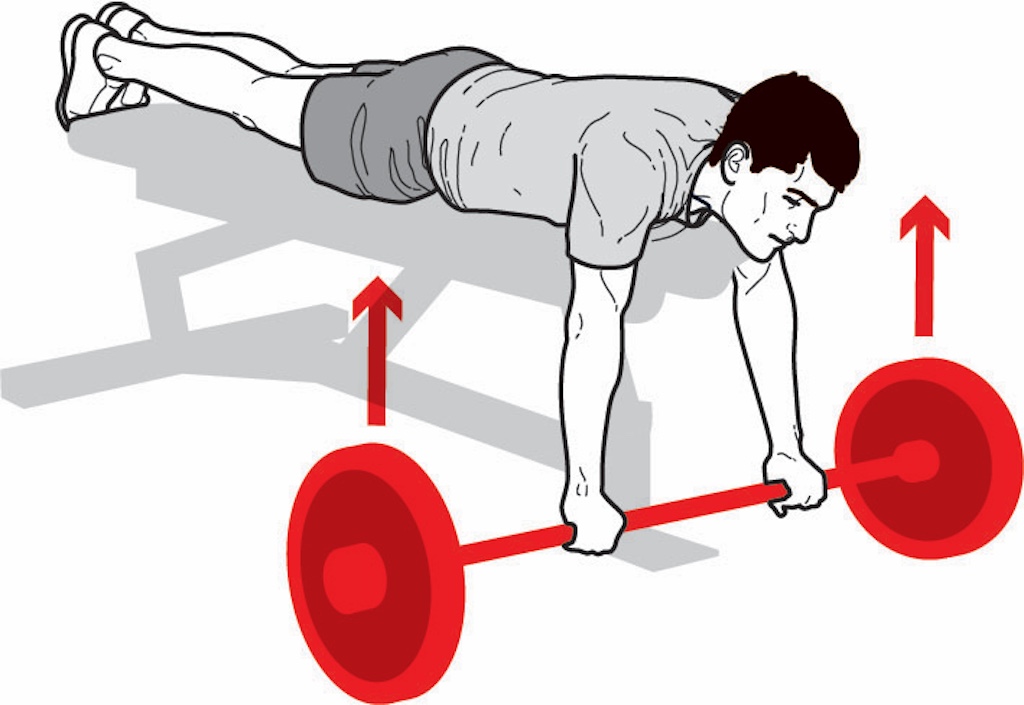
2. Seal row
Reps: 8
Sets: 2
- Lie face down on a bench and grab a barbell with an overhand grip.
- Retract your shoulder blades and pull the weight towards your chest.
- Pause, then lower slowly.
Coach says: “A classic upper-body hypertrophy drill. Performed as a drop set, do eight reps, reduce the weight, do another eight reps, reduce the weight and repeat a final eight reps.”
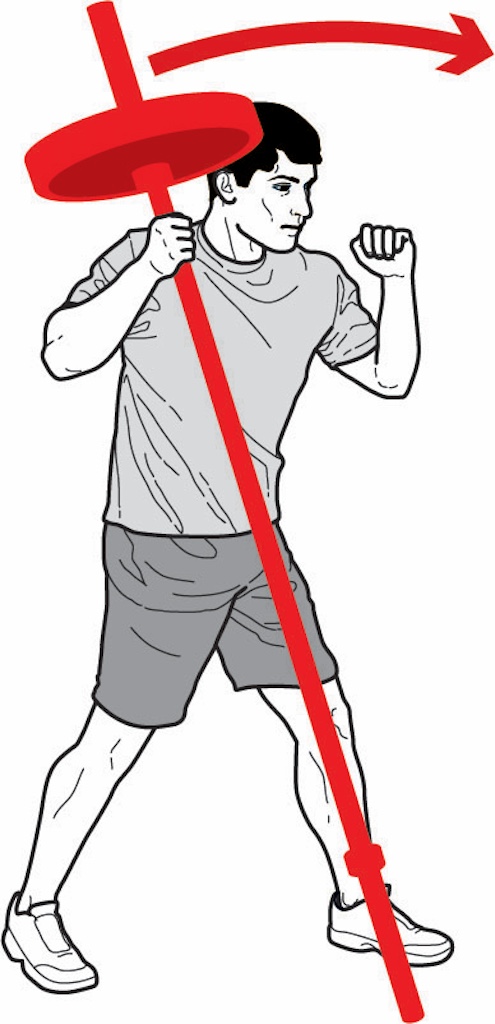
3. Landmine punch
Reps: 5 each side
Sets: 3
- Position a barbell at shoulder height.
- In a split stance, bend your legs slightly, then drive up and punch your hand through to drive the weight forward.
- Return to the start and repeat.
Coach says: “This full-body isometric move drills the transfer of force from the lower body to upper in a functional, sport-specific way.”
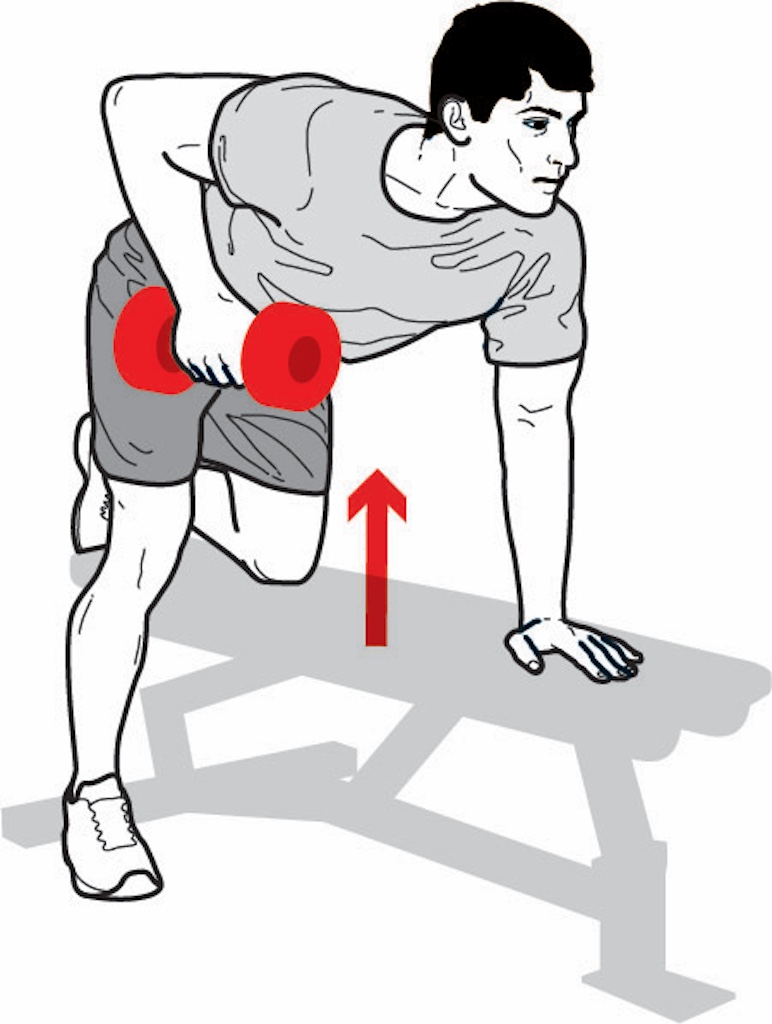
4. Single-arm dumbbell row
Reps: 5 each side
Sets: 3
- Rest one hand and knee on a weight bench, with the other leg out wide to create a stable base.
- From here, grab your best dumbbell and pull it from full extension towards your hip, then lower slowly.
Coach says: “As with the bench pull, this auxiliary exercise helps develop upper-body size and strength, while offering a low cost per session as it won’t tax the lower body.”
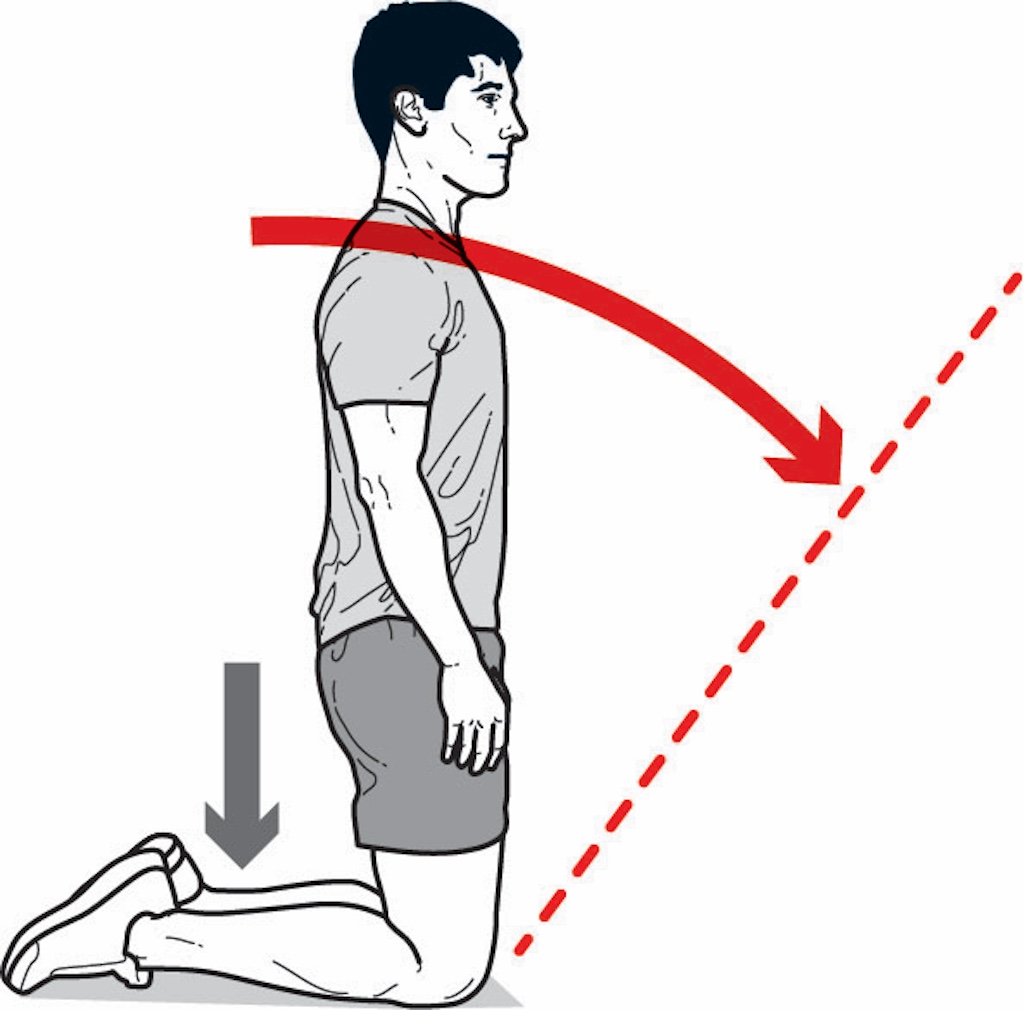
5. Nordic hamstring curl
Reps: 3
Sets: 1
- Kneel with your heels locked in position.
- Use your hamstrings to resist letting your torso fall forward, while keeping your knees, hips and shoulders in alignment.
Coach says: “Every week we use isometric movements, like Nordics, measured using a NordBord hamstring testing system, to identify weaknesses and muscular imbalances.”
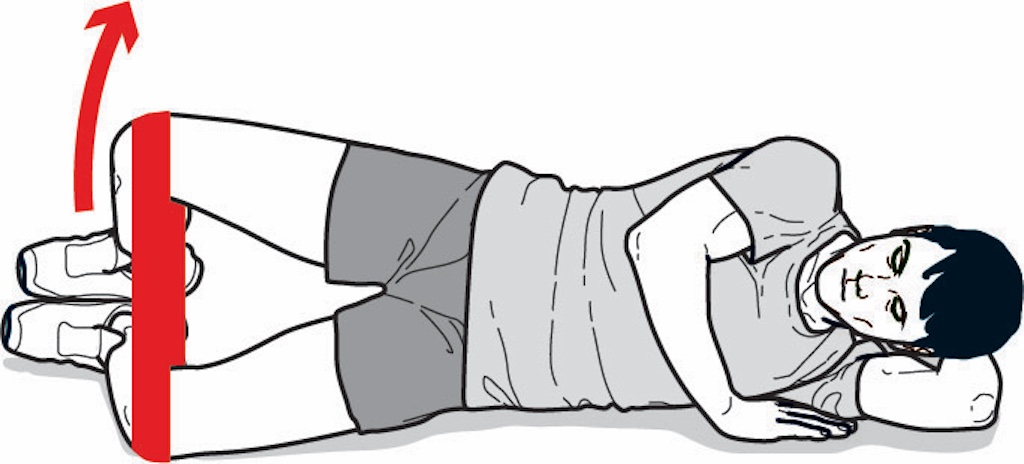
6. Clam shell
Reps: 3 each side
Sets: 2
- Lie on your side with your best resistance band wrapped around both knees.
- Keeping your heels together, lift the top knee, then very slowly fight against the resistance to return the knee.
Coach says: “These target the often overlooked gluteus medius, helping stabilise the pelvis that plays a crucial role in both acceleration and deceleration on the field.”
Illustrations: Peter Liddiard

